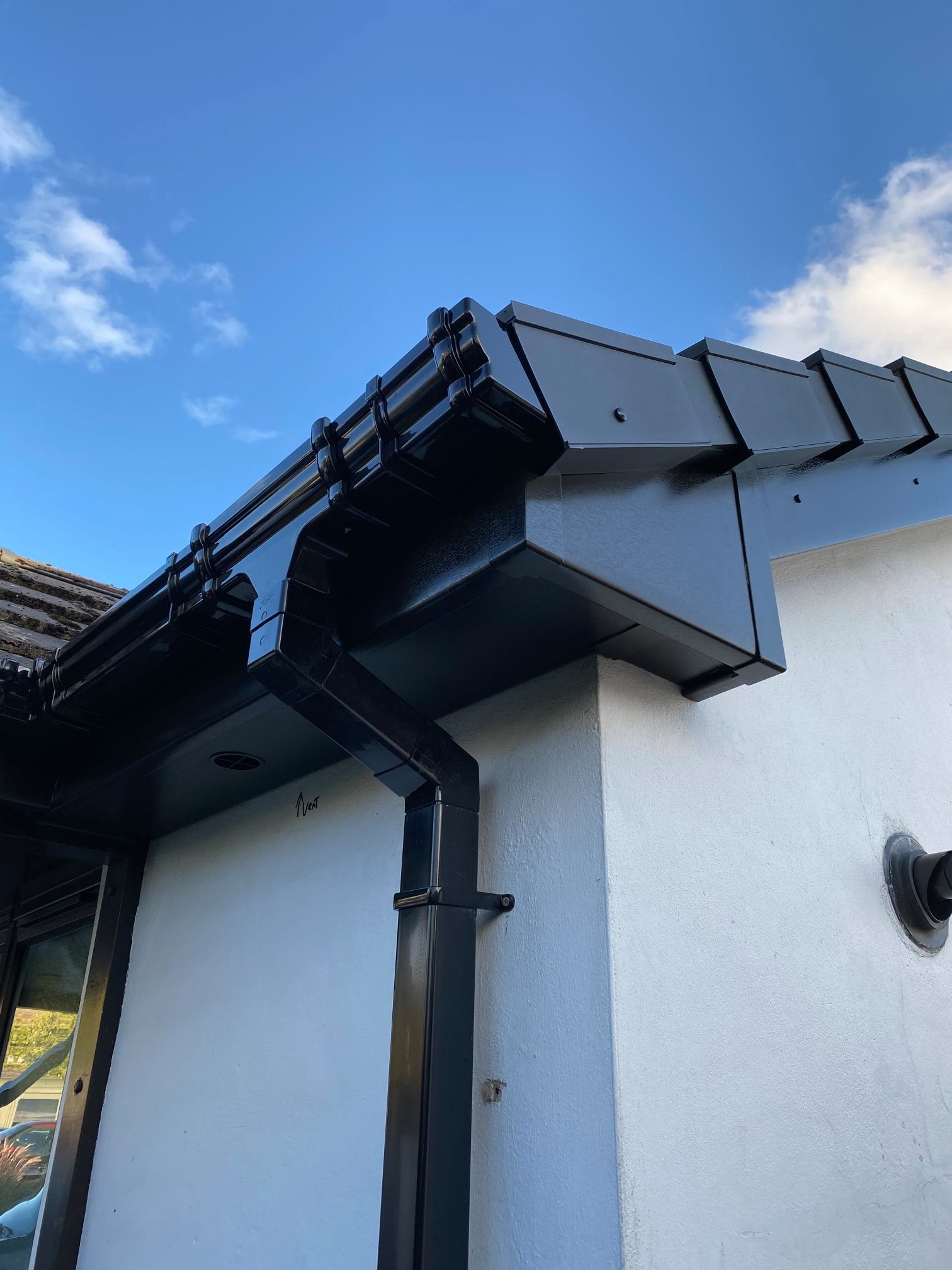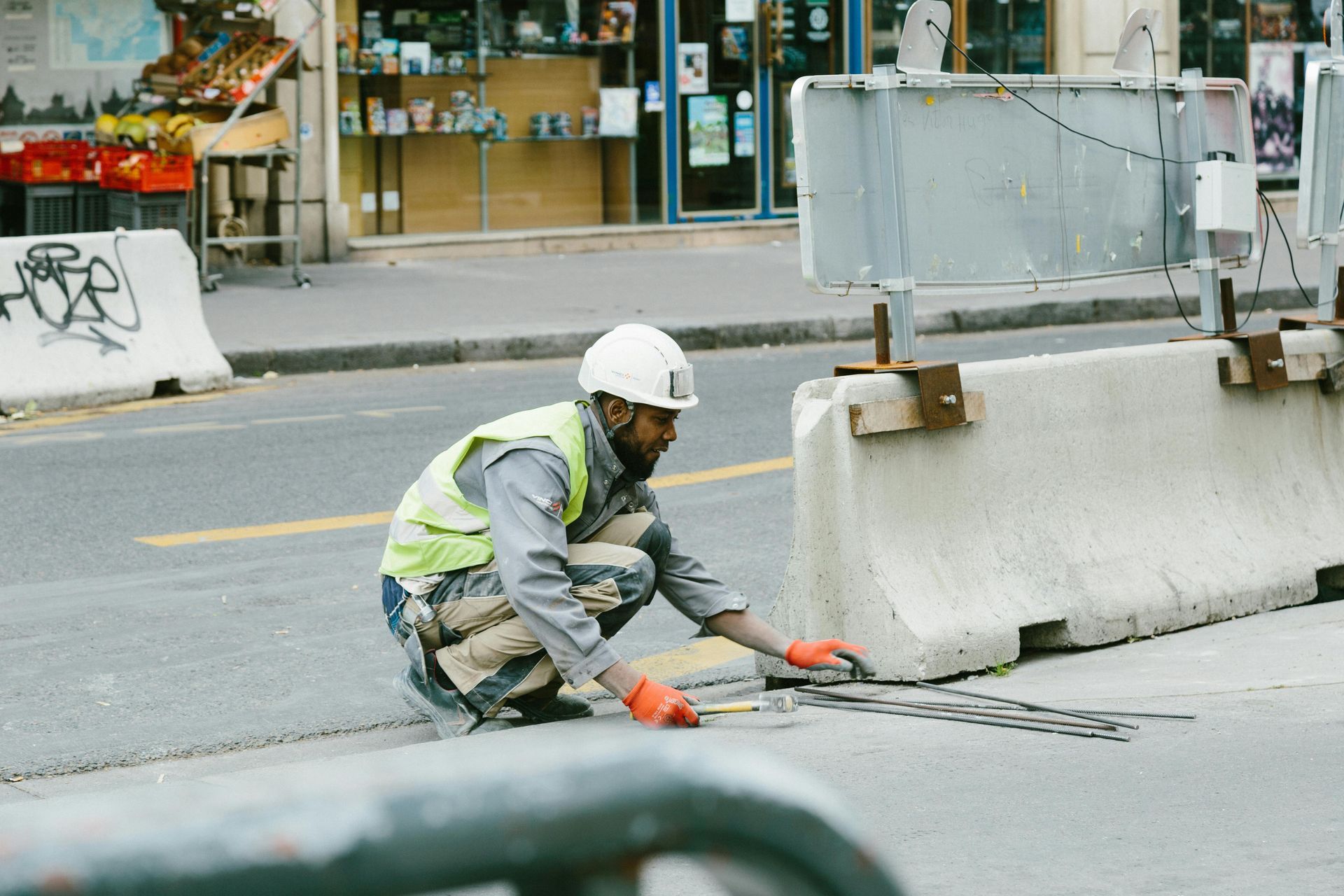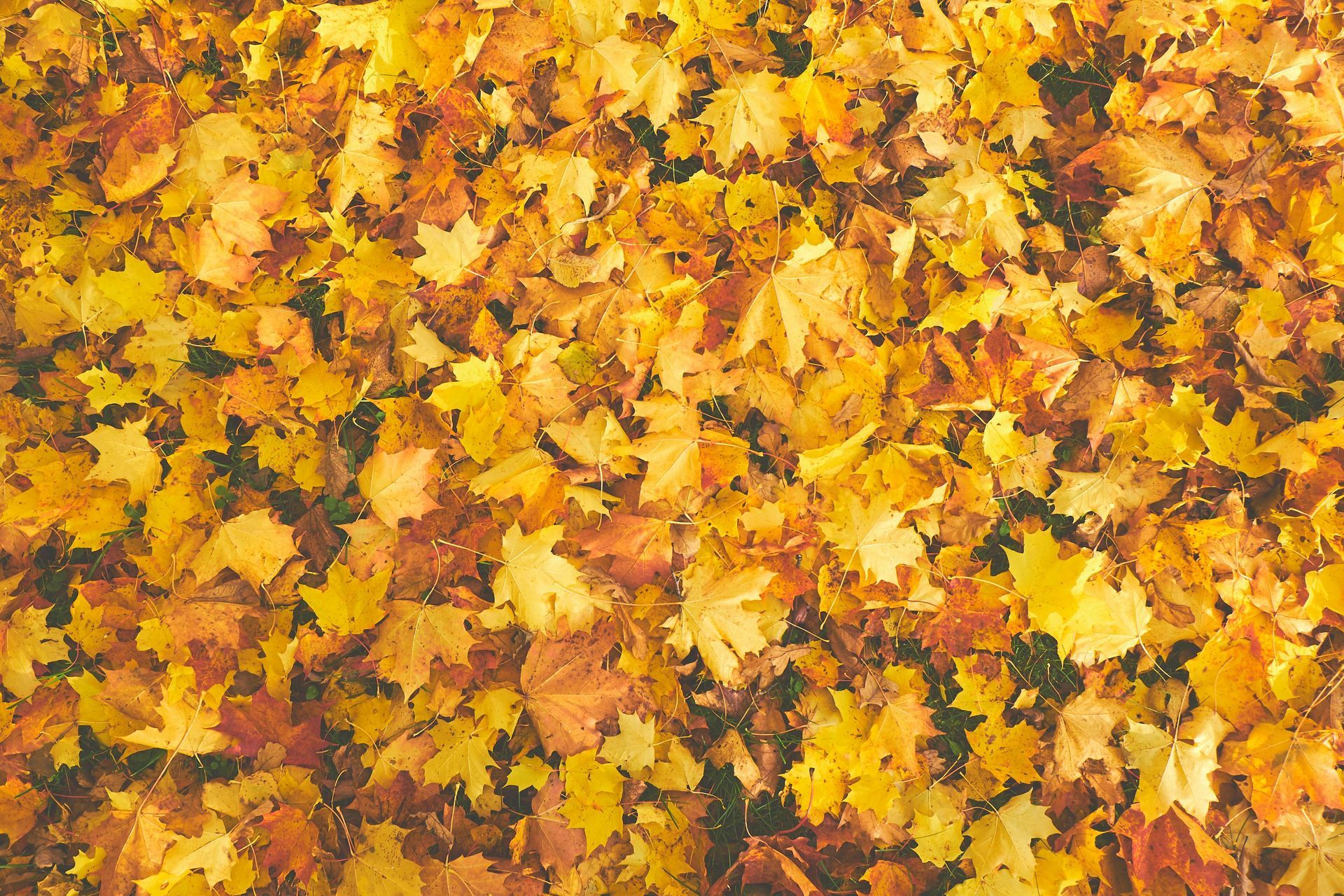How snow and ice impact your roof
Roofers Leeds - How snow and ice impact your roof
Due to the recent episodes of snow and ice, our roofers in Leeds thought now would be an ideal time to let building owners know how snow and ice can affect the condition of your roof. Understanding, how the cold weather conditions impact the structural integrity of your roof, will help you make more informed decisions when choosing the materials for the makeup of your roof and ultimately improve its longevity.
Roofers that are older are more prone to be adversely affected by cooler weather. Years of stress will potentially have taken their toll on the structural integrity. Below we have highlighted ways in which snow and ice can impact your roof.
Stress
The heavy weight of snow and ice creates external downward pressure on your roof. Putting it under stress. Your roof may start to sag in certain areas due to the intense pressure. More snow and ice can start to accumulate. This will potentially lead to other issues such as leaks, in a worst case scenario your roof can cave in.
Ice Dams
Roofers Leeds advise property owners that ice dams occur when warm air causes snow around your gutters to melt. When the melted snow freezes, it causes a barrier of ice to form around the edges of you roof. This can stop snow and water from leaving your roof, potentially leading to further damage.
When water and snow are unable to leave your roof, water can pool heightening the risk of leaks. If water in your gutter freezes and thaws multiple times this can also cause gutter damage or cause your gutter to disconnect from your property altogether.
Leaks
Snow and ice are a leading culprit of rook leaks. Snow can find its way between beneath your shingles or tiles and cracks in your roof. When the snow melts it can cause water ingress causing damage to the inside of your property including insulation, paint and plaster. It can also lead to the growth of mould.
Freeze and Thaw
The freeze and thaw cycle can cause cracks in your roof to become larger. When water seeps into the cracks it freezes and expands causing the cracks to worsen. To add, if water finds its ways underneath your shingles or tiles, if it freezes and expands it can loosen your roof coverings.
How snow and ice affect different roof materials
The impact that snow has on your roof is somewhat dependent on the materials that are used for the makeup. Below Roofers Leeds have listed some common roofing materials and their resistance to adverse weather.
Copper – This material has a life expectancy of over 50 years. Copper is a strong metal that is resistant to the growth of mould, mildew and other water-related defects. It is also durable under adverse weather like hailstorms and sleet.
Clay – Clay roof tiles have been around for thousands of years. Although they are durable under heat they are also able to withstand the cold that winter brings. Clay tiles are excellent at trapping air so are a great insulator for your property. This can minimise ice dam formation and the damage occurred by the freeze and thaw cycle.
Slate – Slate is a durable and all-natural material for your roof. Slate roofs are resistant to the damage caused by water and the affects of extreme temperature changes. Slate provides a natural insulation for your roof, keeping warmth in and the cold out. Our Roofing Leeds team advise property owners that slate can last up to 100 years.
Wood – This material provides variety and durability. One thing that roofs constructed from wood have in common is they have an excellent ability to insulate your property. They do lack sustainability in the colder and wetter climates. However, in the drier areas they’re an energy efficient option.
Preventing Damage from Snow and Ice
Roofers Leeds advise continual care and maintenance in order to keep your roof in good shape.
Replacement – Whilst some roofs will require small repairs, others may need a complete replacement. If you are contemplating replacing your roof, make sure you choose the correct materials that can withstand the winter conditions.
Clean – Our roofers in Leedsa advise having your roof cleaned regularly to prevent damage. Ideal times to clean your roof include the beginning of the Autumn and Spring. This will ensure your roof is clean for when the colder weather arrives and also when it starts to warm up.
Survey – Routinely survey your roof for areas of damage. If you have a leak make sure this is identified before it gets worse.
For your free expert advice and your competitive quote
contact Roofers Leeds today.
You might also like


